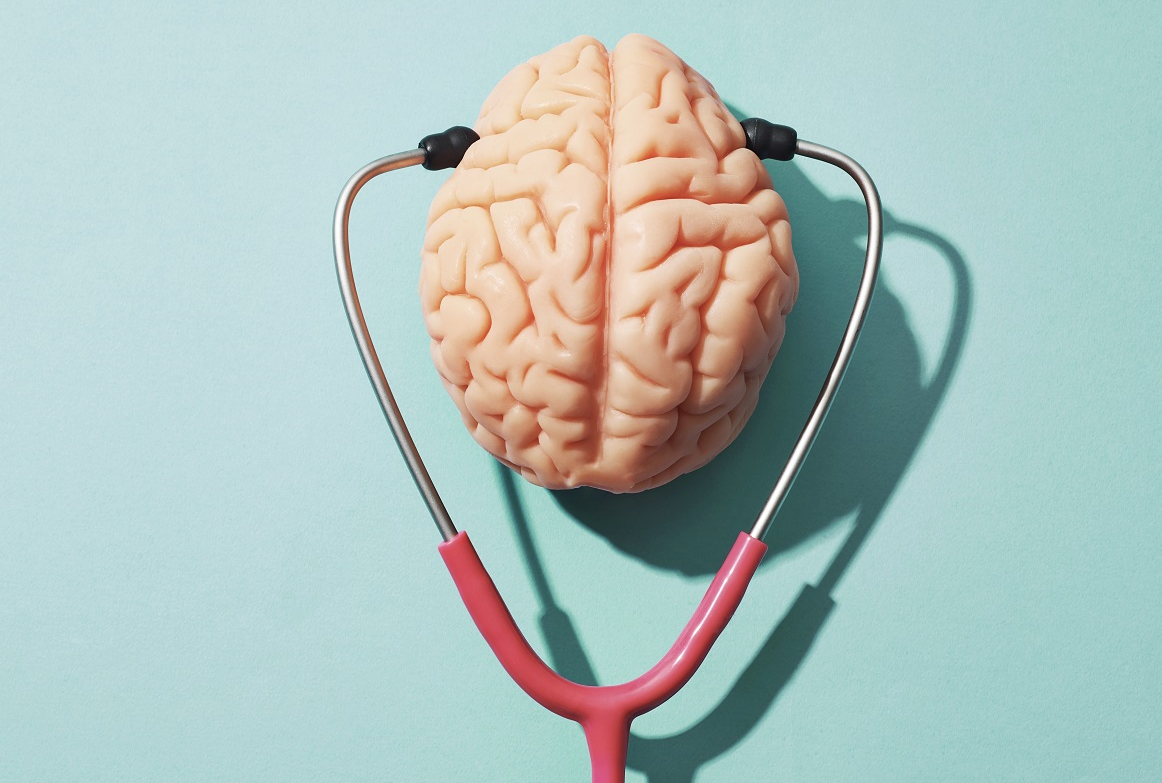The brain contains around 1 trillion cells and accounts for approximately 2% of the total body weight, the outer wrinkly layer is called the cerebral cortex, which divides into two hemispheres connected by the corpus callosum, each hemisphere sub-divides into four lobes (e.g., the frontal, parietal, temporal and occipital lobes); the brain has three layers including the forebrain (prosencephalon), midbrain (mesencephalon), and hindbrain (rhombencephalon). The nervous system is divided into the central nervous system (CNS), and peripheral nervous system (PNS). The CNS includes the brain and spinal cord. The CNS and PNS act in cooperation to integrate sensory information, and control motor and cognitive function. Thus, the CNS can be divided into three main functional components, including sensory, motor, and cognitive brain functions.
‘The brain contains around 1 trillion cells and accounts for approximately 2% of total body weight’
The outer wrinkly layer is called the cerebral cortex, which divides into two hemispheres connected by the corpus callosum, each hemisphere sub-divides into four lobes (e.g., the frontal, parietal, temporal and occipital lobes); the brain has three layers including the forebrain (prosencephalon), midbrain (mesencephalon), and hindbrain (rhombencephalon). The nervous system is divided into the central nervous system (CNS), and peripheral nervous system (PNS). The CNS includes the brain and spinal cord. The CNS and PNS act in cooperation to integrate sensory information, and control motor and cognitive function. Thus, the CNS can be divided into three main functional components, including sensory, motor, and cognitive brain functions.
The forebrain is the outer layer which contains the cerebrum and structures within it (i.e., the thalamus, hypothalamus, pineal gland, and limbic system). The hindbrain contains the medulla oblongata, pons, cerebellum, collectively referred to as the brainstem which is critical for breathing, and movement. The midbrain (located the topmost part of the brainstem and spinal cord) contains the colliculi, tegmentum, peduncles, and substantia nigra, along with most of the cranial nerves (i.e., nerves that innervate the head, and neck); the midbrain acts as a relay system for the CNS transmitting sensory, and motor information between the hindbrain, and spinal cord.
The homeostatic and higher functional system includes the hypothalamus, cortical areas involved in motivation, insight, personality, language, memory, imagination, creativity, thinking, judgment, mental processing, and subcortical areas involved in learning, thought, consciousness, memory, attention, emotions, circadian sleep cycles. We have 8 somatosensory senses, including: the olfactory, visual (sight), auditory (sound), vestibular (movement), tactile (touch), gustatory (taste), proprioceptive (body position), and interoceptive (internal) senses. The motor system consists of motor units, and the somatic (skeletal muscle) system, the spinal reflexes, the visceral (autonomic) system, the cerebellum, several subcortical and cortical sites, as well as the brain stem, and oculomotor system. Metabolically the brain uses more energy than any other human organ, receiving 20% of the body’s blood, oxygen, and calories to fuel the vast number of electrical impulses between neurons.












